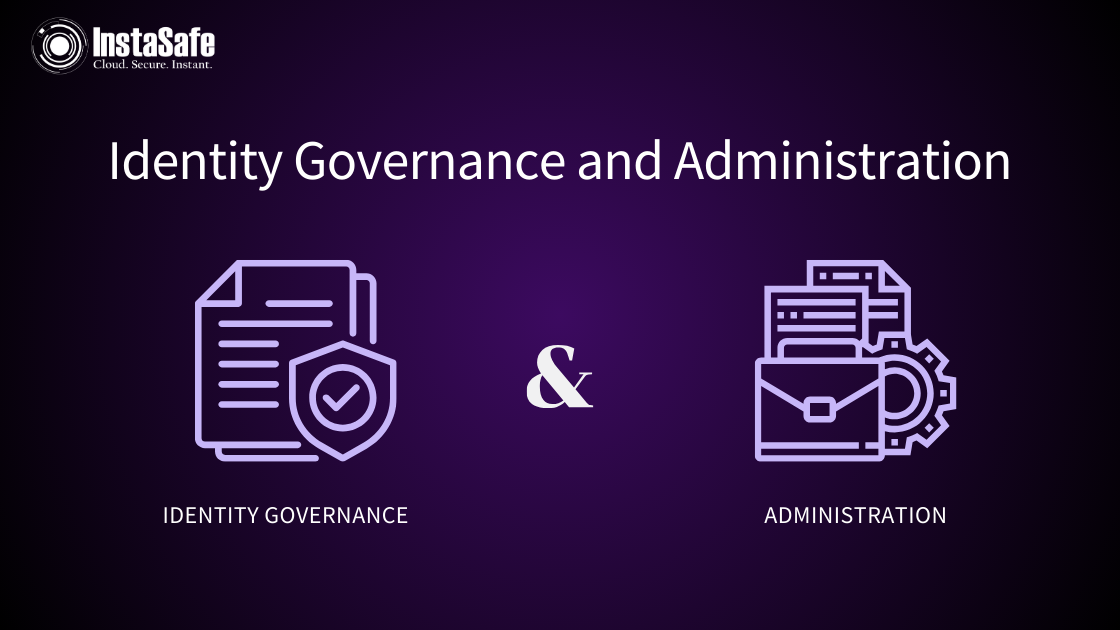Identity Governance and Administration

In the intricate realm of Identity and Access Management (IDAM), organizations are recognizing the critical importance of Identity Governance and Administration (IGA) in shaping secure and compliant digital ecosystems. This article explores the foundational concepts of Identity Governance and Administration, elucidating its role, capabilities, and transformative impact as an integral component of IDAM solutions.
Understanding Identity Governance and Administration (IGA):
Identity Governance and Administration (IGA) is a strategic approach to managing digital identities within an organization. It encompasses processes, policies, and technologies that facilitate the seamless and secure management of user identities, access permissions, and compliance adherence. IGA ensures that the right individuals have the right access to the right resources, mitigating the risk of unauthorized access and ensuring regulatory compliance.
Key Components of Identity Governance and Administration:
1. Identity Lifecycle Management:
- Encompasses the entire identity lifecycle, from onboarding to offboarding.
- Automates user provisioning, de-provisioning, and modification processes to ensure accuracy and efficiency.
2. Access Governance:
- Establishes policies and controls to govern user access.
- Regularly reviews and certifies user entitlements to ensure alignment with business needs and compliance requirements.
3. Role-Based Access Control (RBAC):
- Defines and enforces access policies based on user roles.
- Streamlines access management by associating permissions with predefined roles.
4. Policy Enforcement:
- Implements and enforces access policies and security controls.
- Aligns with industry regulations and organizational security requirements.
5. Privileged Identity Management (PIM):
- Manages and monitors privileged accounts with elevated access.
- Ensures accountability and oversight for users with heightened privileges.
6. Audit and Compliance Management:
- Generates comprehensive audit trails and reports.
- Facilitates compliance with industry regulations and internal policies.
- Inbuilt work flow mechanism to track the user changes. Users can request for additional privileges from administrator and administrator can approve changes using single click. All these work flows are logged and alerted with an events.
- Detailed reporting with who has accessed what, requests approved, unused accounts, and others
7. Identity Analytics:
- Leverages advanced analytics to detect and respond to identity-related risks.
- Enhances visibility into user activities and potential security threats.
- Identify users with duplicate account and can notify to administrator.
Advantages of Identity Governance and Administration (IGA) in IDAM:
1. Enhanced Security:
- Mitigates the risk of unauthorized access by enforcing robust access controls.
- Secures sensitive data and critical systems from potential security threats.
2. Regulatory Compliance:
- Facilitates compliance with industry regulations, data protection laws, and internal policies.
- Provides documentation and reporting capabilities for audits.
3. Operational Efficiency:
- Streamlines identity and access management processes.
- Reduces manual efforts in user provisioning, access reviews, and compliance reporting.
4. Accountability and Transparency:
- Establishes user accountability through detailed audit trails.
- Enhances transparency by providing insights into access decisions and modifications.
5. Proactive Risk Mitigation:
- Identifies and mitigates identity-related risks in real-time.
- Enables proactive measures to address potential security incidents.
Implementing Identity Governance and Administration (IGA) - Best Practices:
1. Holistic Identity Assessment:
- Conducts a thorough assessment of identity and access management needs.
- Identifies critical assets, user roles, and access requirements.
2. Continuous Monitoring and Improvement:
- Implements continuous monitoring of identity-related activities.
- Regularly reviews and updates identity policies and controls to adapt to evolving security landscapes.
3. User Education and Awareness:
- Provides training to users on the importance of identity security and compliance.
- Enhances awareness to foster a culture of responsible access management.
In the age of digital transformation, Identity Governance and Administration (IGA) stands as a linchpin in building robust, compliant, and efficient Identity and Access Management solutions. By ensuring the right balance between user accessibility and security, IGA becomes a catalyst for organizations to thrive in the digital landscape. Embracing the power of IGA is not just a technological upgrade; it's a strategic imperative for organizations aiming to safeguard their digital identities and navigate the complexities of modern cybersecurity.
